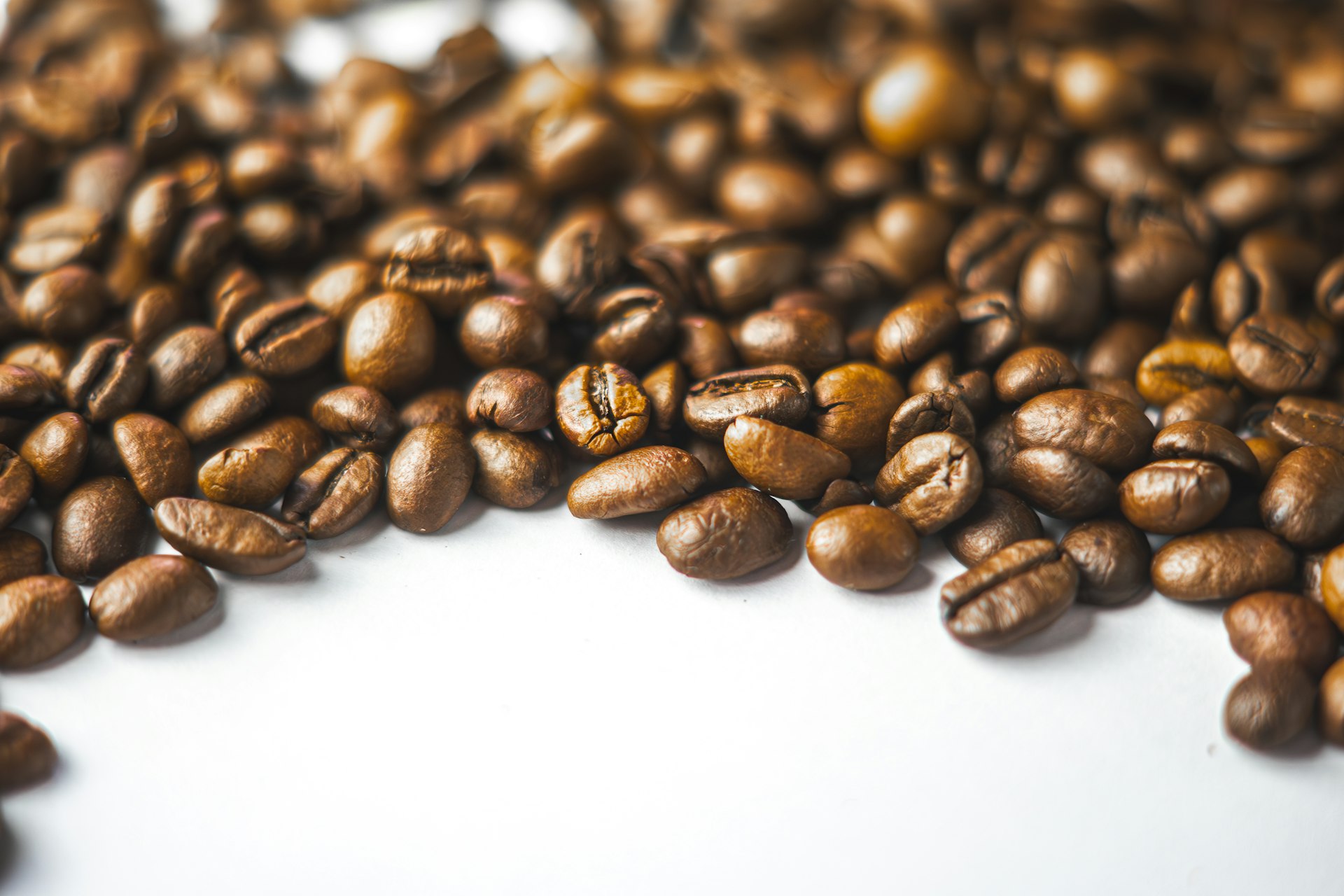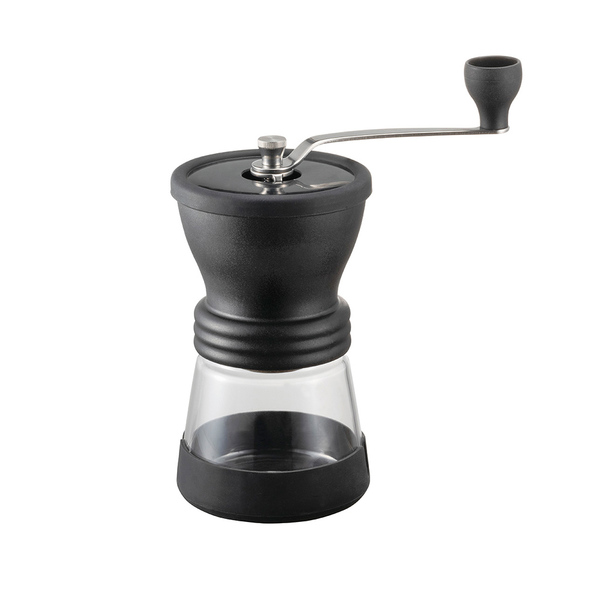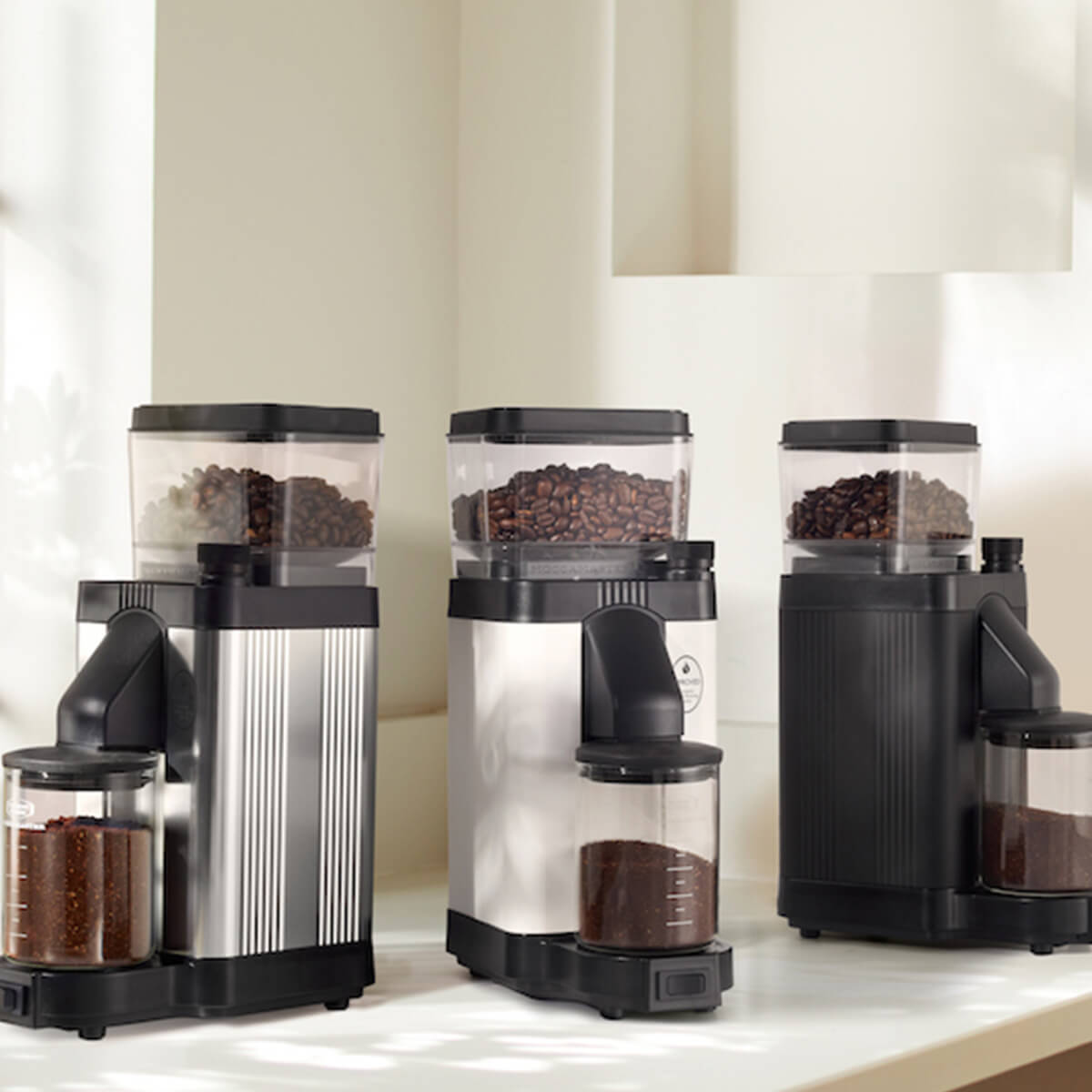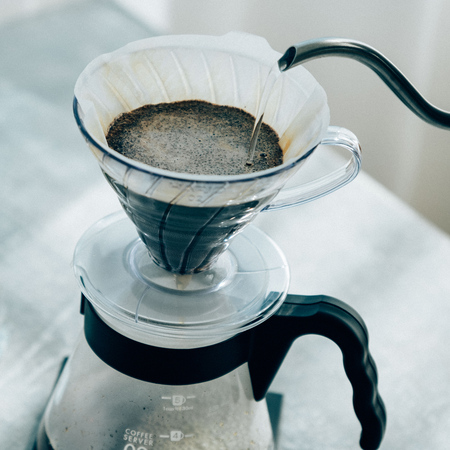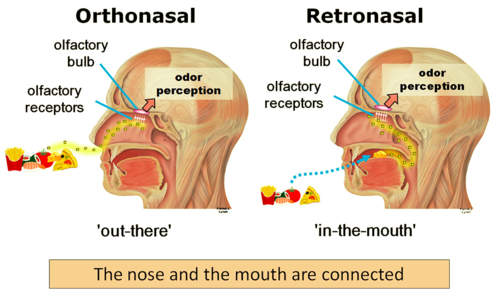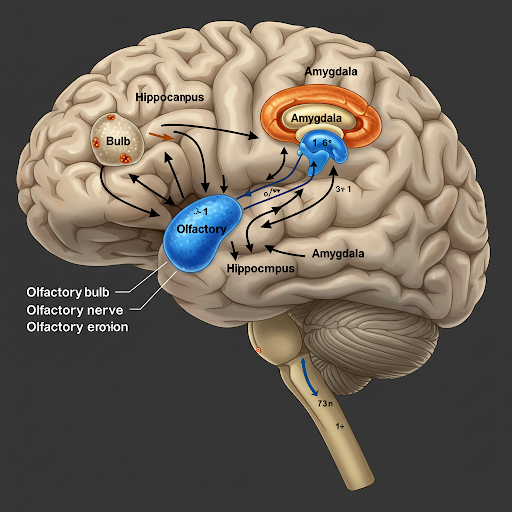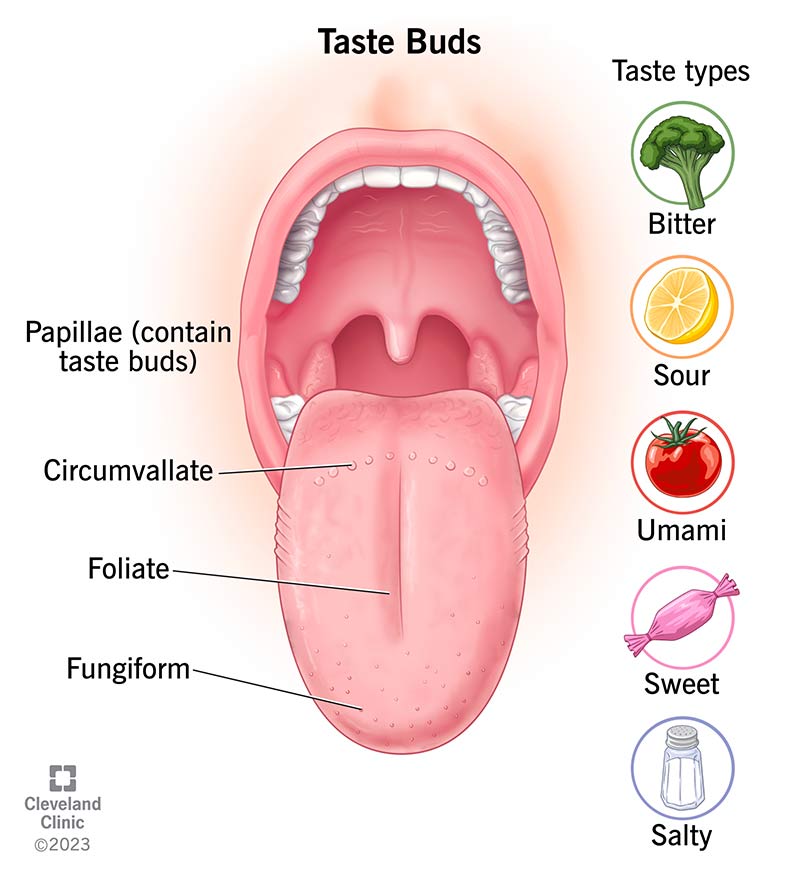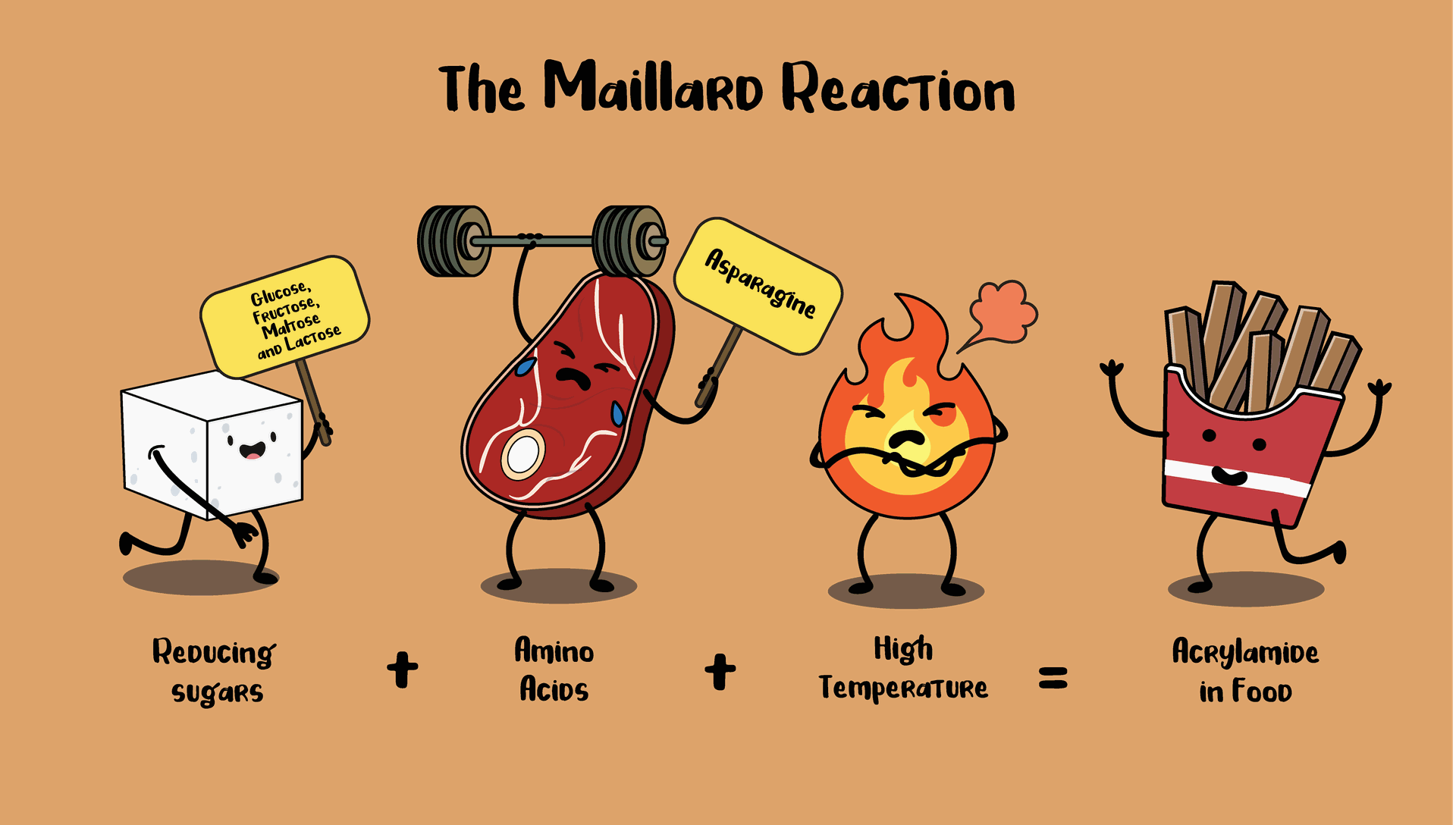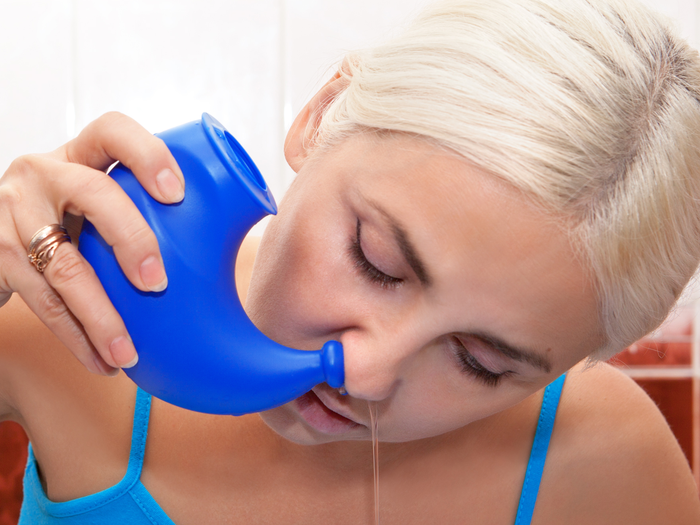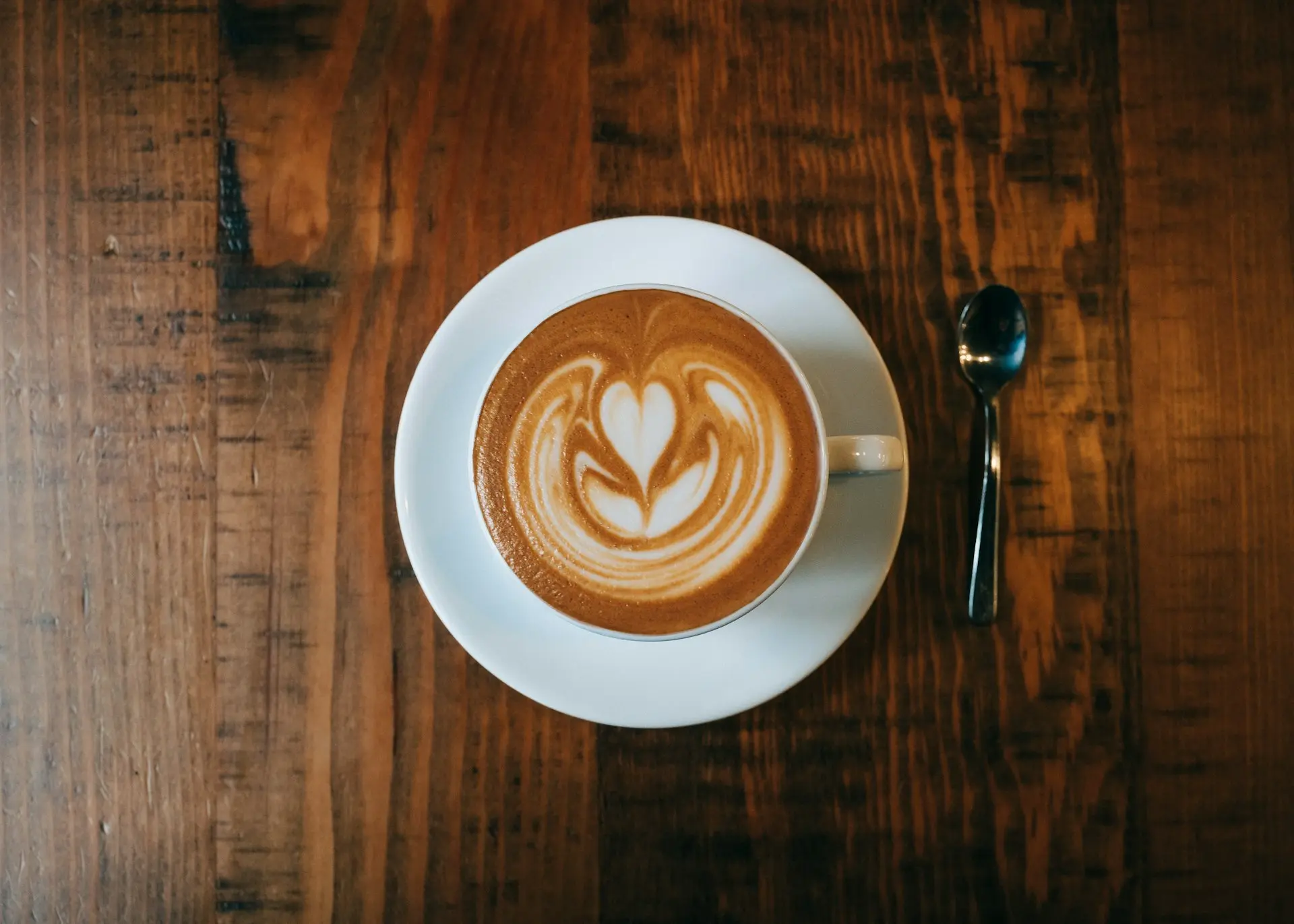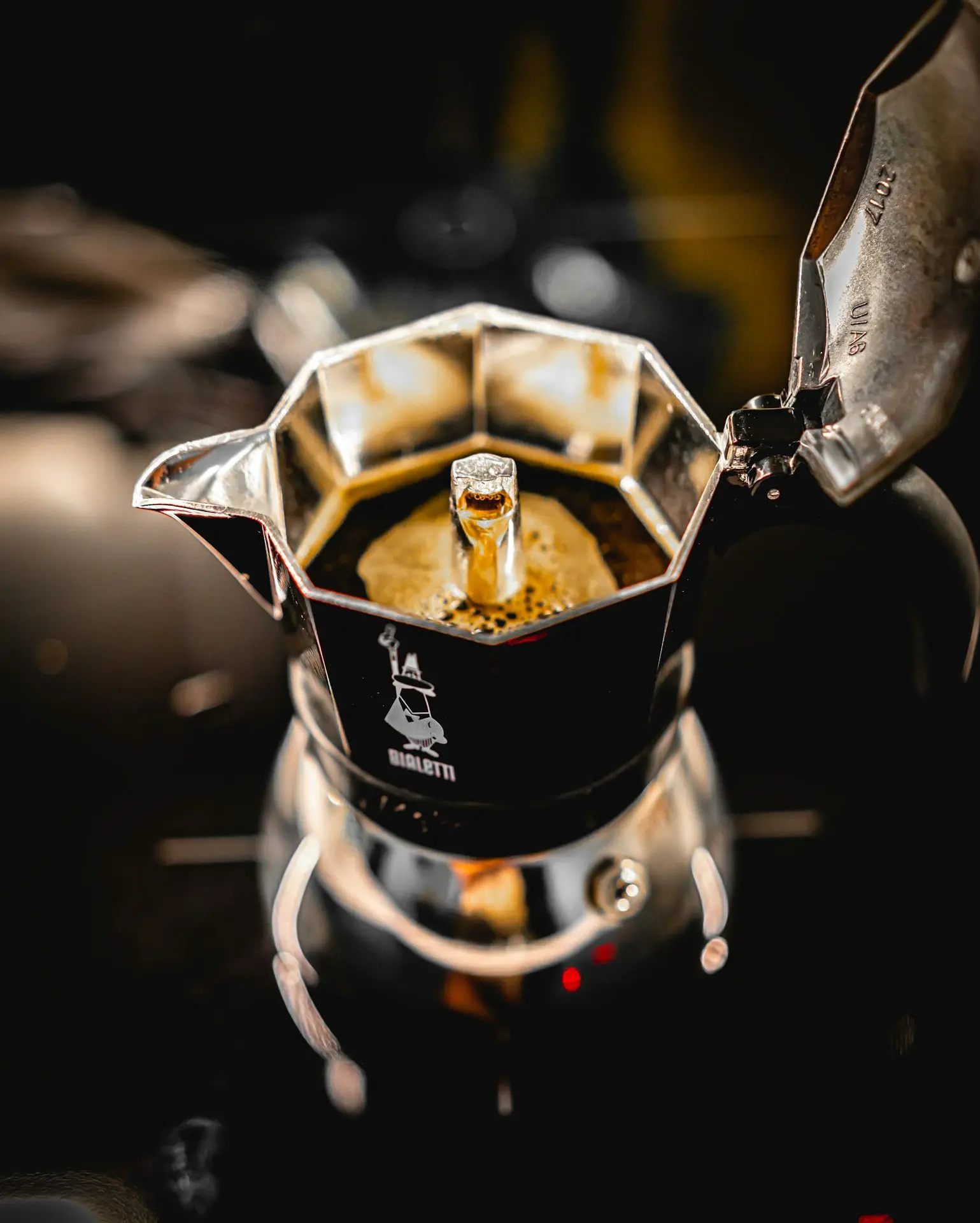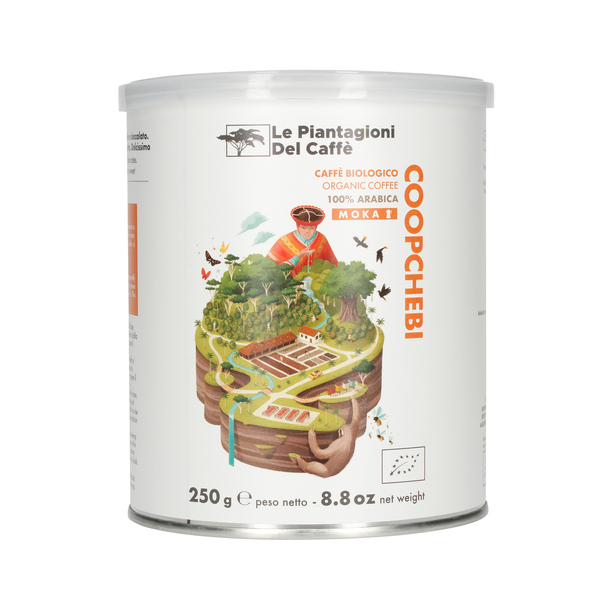Tips van the CoffeeNose:
-
Maal je koffie altijd vers met een (hand) molen met maalschijven. Voorgemalen koffie verliest binnen 15min 90% van zijn aroma. Zorg dat je molen goed schoon is. Aangekoekte koffie olien worden ranzig. Gebruik hiervoor professionele Grinder Cleaner.
-
Gebruik wit filterpapier en spoel dit voor met heet water. Zo voorkom je een vieze papiersmaak in je koffie. Stop maar eens een opgevouwen bruin filter in een kopje en giet hier heet water overheen. Laat dit afkoelen en ruik en proef maar....Al onze witte filters zijn gebleekt met zuurstof (oxygen bleached) zonder chemicalien. Het proces van papier maken uit pulp is energie intensief voor zowel wit als bruin papier. Wil je zo min mogelijk milieu impact maken kies dan voor een herbruikbaar filter.
-
Gebruik gefilterd water om koffie en thee te zetten. Als je mineraalwater gebruikt is Spa een goede keuze, kies in ieder geval een “zacht” water met weinig mineralen.
-
Gebruik niet te heet water, de meeste thee en koffie is veel lekkerder en minder bitter met water van 88-96 graden. Gebruik een waterketel met zwanenhals om gecontroleerd water op te schenken (oma deed het ook al zo!). Een echte Pro wordt je met een waterkoker met variabele temperatuur.
-
Zorg voor schone zet apparatuur. Oude oliën en thee aanslag worden ranzig en kunnen makkelijk worden schoongemaakt met het juiste schoonmaakmiddel. Regelmatig ontkalken is ook belangrijk en verbeterd de energie efficientie van je waterkoker.
-
Stop met doorgebrande "dark roast" koffie. Dark roast is populair in de commercie en horeca. Dit komt omdat het makkelijk oplost is water (solubility) en negatieve smaken (rottende koffiebonen, oude koffiebonen, schimmelende koffiebonen) verbloemt. In de horeca zal je dit vaak met melk en/of suiker drinken. Een cappuccino of latte heeft een hogere verkoopwaarde. Winst voor de horeca maar verlies voor jou smaakpapillen en je gezondheid. Als je uitjes bakt worden deze op een gegeven moment zoet, als je ze dan nog doorbakt worden ze zwart. Met koffiebonen is dat net zo. Wil jij liever zoete koffie, of doorgebrande bittere koffie? Goede kwaliteit koffiebonen (specialty coffee) is ook lekker als deze lichter gebrand is. Dit komt omdat er geen zure en rottende bonen tussen zitten.
Vacuum canisters
Een vacuum canister om je koffiebonen vers te houden. Hoe werkt dit? The CoffeeNose legt uit: je wilt deze canister gebruiken voor bonen die je 1 week tot 2 maanden bewaard. Voor je dagelijkse dosis wil je niet elke dag het vacuum verbreken, dan blijven je bonen niet zo vers omdat er elke dag C02 ontsnapt en zuurstof binnenglipt in je canister. Wat je binnen 1 week gebruikt kan je in de koffiezak (oprollen en afsluiten met een clip) of een klein busje of potje bewaren. De rest van de zak bewaar je in een vacuum canister.
De meeste mensen maken de fout om de grootste maat vacuum canister te bestellen, tenzij je bonen per kilo besteld. Bestel je max 500gr, dan kan je veel beter kiezen voor 2-3 kleinde vacuum canisters. Je wilt de canister niet elke dag open en dicht doen (vacuum verbreken en zuurstof + co2 wegpompen). De canister gebruik je voor bonen die je pas na 1-10 weken zult gebruiken. Elke dag de vacuum verbreken en dan weer herstellen door leeg te pompen werkt averechts.
The CoffeeNose beveelt MiiR en Ankomn aan: "Deze canisters hebben een superieur vacuum mechanisme vergeleken met andere populaire canisters zoals de Atmos. Miir ziet er mooi uit en is erg duurzaam als merk. Ankomn heeft veel maten en is stapelbaar".
Ook geschikt voor kruiden, noten, etc. Alleen voor droog voedsel. Alles wat knapperig is kan je beter vacuum bewaren voor medium lange termijn. Als je langer dan 2 maanden wilt bewaren beveelt the CoffeeNose aan: "Vries je koffie vacuum verpakt in. Je kunt de plastic vacuumzak na openknippen bij de sealrand gewoon hergebruiken!" Wil je echt als een coffee pro (geek) te werk gaan? Vries dan per portie gedoseerd in. Dit is ook een mooie manier om exclusieve koffies te bewaren voor bijzondere gelegenheden en/of het delen met (koffie) vrienden.
Volautomaat
Een volautomaat is een koffiemachine met geintegreerde koffiemolen en vaak ook een melksysteem. Een volautomaat is heel makkelijk maar vergt veel schoonmaak (tijd). Van buiten ziet de machine er schoon en glimmend uit, maar van binnen zit ie vaak vol bacterien en schimmels...het is immers lekker warm en vochtig. Hier kan je flink last van je maag door krijgen en voor melk systemen is het gezondheidsrisico groter. Daarnaast trekt de schimmelgeur ook in je koffie.
Voor een volautomaat adviseren wij dan ook niet te vette (donker gebrande) bonen en schoonmaken, schoonmaken, schoonmaken. Gelukkig zijn hiervoor speciale middelen op de markt die heel goed werken en in horeca en professionele machines volop gebruikt worden.
Daarnaast moet je het opvangbakje voor de koffiedrap (compost en nog veel meer mogelijkheden tot hergebruik - google maar eens) en het lekbakje regelmatig te legen en goed te laten drogen.
- Schoonmaken van je maalschijven: gebruik een speciale grinder cleaner om aangekoekte olien te verwijderen. Bijvoorbeeld Urnex Super Grindz (speciaal voor volautomaten)
- Schoonmaken van het melksysteem (slangetjes ed): gebruik Urnex Rinza (tabletten of vloeibaar) of Cafetto MFC milk cleaner
- Schoonmaken van het brouwsysteem: hiervoor zijn speciale tabletten beschikbaar zoals Urnex E16 en E31 of Cafetto J25 (voor Jura)
- Ontkalken: Het gaat hier naast het waterreservoir ook om de slangetjes en pijpjes binnenin de machine. Wij adviseren Urnex Dezcal poeder (ook vloeibaar verkrijgbaar). Pas op voor veel dure producten in de markt waar heel goedkope standaard ingredienten in zitten.
Veel producten zijn universeel (voor alle merken geschikt) maar er zijn ook specifieke producten beschikbaar. Vaak zijn de merk specifieke producten onnodig duur, maar soms zijn ze speciaal ontwikkeld om optimaal te presteren in bijvoorbeeld een Jura. Neem contact op voor advies over welke producten de moeite waard zijn en welke producten vooral de verkoper spekken.
Wil je een stap verder gaan gebruik dan een water filter of vul je waterreservoir met gefilterd water. Je kunt ook mineraalwater (kies voor een zacht water) zoals Spa of Bar le Duc gebruiken. Neem contact op voor advies over welk water te gebruiken en hoe een filter set up te kiezen.
Capsule machine
De meeste capsule machines hebben ook last van schimmels vanwege de vochtige en warme omgeving. Leeg het opvangbakje voor capsules en lekbakje voor water zo vaak mogelijk en laat deze goed drogen voor je ze helemaal terug schuift. Capsules verkopen is een cash cow. Niet voor niets zie je hiervoor zoveel reclame. Er zit vaak 5 gram of minder in een capsule en je ziet niet wat erin zit. Producenten gebruiken dus vaak oude en gebroken bonen en .... Je betaald per kg koffie een hele hoge prijs. Voor deze prijs kan je fantastische, exclusieve koffie kopen. Probeer eens een specialty coffee capsule. De capsules zijn een stuk duurder, maar je krijgt hier veel meer smaak en een eerlijk product voor terug. Nog steeds veel goedkoper dan een koffie in de horeca en vaak lekkerder.
Wil je een stap verder gaan gebruik dan een water filter of vul je waterreservoir met gefilterd water. Je kunt ook mineraalwater (kies voor een zacht water) zoals Spa of Bar le Duc gebruiken. Neem contact op voor advies over welk water te gebruiken en hoe een filter set up te kiezen.
V60 filters
Gebruik 01 filters voor kleine brews van 15-18gr max: minder papiersmaak (zelfs na spoelen heb je altijd papiersmaak), minder kosten, minder afval, steekt niet boven de dripper uit, plakt beter bij het voorverwarmen en spoelen, temperatuur in het brew bed blijft hoger vergeleken met een 01 dripper. Voor de 02 filters kun je overwegen een glazen 03 dripper te gebruiken voor dezelfde voordelen.
Aeropress Full Immersion recipe for Flow Control or Fellow Prismo Aeropress attachement: Use a paper or metal filter in the
flow control
Aeropress attachment
for easy and full immersion.
Recommended coffee:
FJ filter blend (Fruity & Juicy)
Try this:
-
Heat filtered water to 98 (with pouring the temperature drops so actual extraction teperature in the aeropress will be lower)
-
Grind 20 grams of beans medium fine
-
Put the ground coffee in the AP
-
Pour 250gr/ml water on the coffee and move your pour to the side to create a turbulence inside the AP
-
Stirr the grounds and foam/crema/crust on top with a small spoon or spatula (the grounds will sink - no need to stirr deep)
-
Pour 50gr/ml water slowly on top
-
Wait 2 min and press the plunger slowly is 30-60 sec untill you hear a hissing sound
-
Taste and dillute with 20-50ml/gr of water for a more delicate mouthfeel (use cold water unless you like very hot coffee)
Too much fruity taste? Try the CN filter blend instead!
Wanna explore more, learn more and taste more? Join an Aeropress
workshop
or masterclass at Amsterdam Coffee Lab
Aeropress Gravity drip recipe for paper filter: In this recipe flow rate depends on how much water pressure there is on top of the coffee bed.
Recommended coffee:
FJ filter blend (Fruity & Juicy)
Try this:
-
Heat filtered water to 98 (with pouring the temperature drops so actual extraction teperature in the aeropress will be lower)
-
Grind 20 grams of beans medium fine
-
Put the ground coffee in the AP
-
Slowly pour 50gr/ml water on the coffee and swirl to make sure all grounds are saturated. Only a few drops of coffee should come out at this stage. It should take around 30 seconds.
-
Pour 250gr/ml water ending in small circular motions when the AP is almost full. Your timer should be around 01:30 when finished
-
Stirr the grounds and foam/crema/crust on top with a small spoon or spatula (the grounds will sink - no need to stirr deep)
-
Wait till your timer has 4 min and press the plunger slowly in 30 sec to push out the last coffee untill you hear a hissing sound
-
Taste and grind coarser if less than 60% dripped through before you press.
Too much fruity taste? Try the CN filter blend instead!
Prefer a more delicate & complex taste? Try the FF filter blend and grind a bit coarser so more coffee will drip through in less time.
Wanna explore more, learn more and taste more? Join an Aeropress
workshop
or masterclass at Amsterdam Coffee Lab
Descaling
Why buy a descaler if you can use vinegar or citric acid?
You have to be very carefull what descaler to choose. There are many descalers on the market that are in fact just citric acid. In that case it is of course way cheaper to use real citric acid. Acids are often having a chemical reaction with metals. Aluminium will oxidize faster, copper heating elements in filter brewers and espresso machines (but also your laundry machine, steamer and ironing steamer, can be damaged by the use of (citric) acid or vinegar.
If you used a descaler with a high % citric acid we reccommend to use water with soda salt to counter the acid and afterwards run the procedure with clean water 2 or 3 times to remove all residue and odors.
Liquid descalers are easy to use, but you are buying and transporting water/liquid. Descaling powder works just fine and is way easier to transport and store. So this is also the most sustainable solution.
If you have very hard water (high mineral content) you can opt for a water filter or use a low mineral content mineral water, although plastic bottles do create a lot of unnecessary waste. So we reccomend a (professional) water filter.
Even when your water is very soft you do need to descale once in a while, just less often.
Professional descaling powder costs money but it prolongs the lifespan of your equipment and reduced the electricity usage so in the long run you save money.
Damage by improper descaling is often impacting your warranty. If you don't descale at all or use the wrong type of aggresive desaler the warranty often will be void.
Syphon brewing
Syphon cleaning
After brewing your delicious Syphon Coffee some coffee oils will remain stuck on the glass of the bowls. The upper bowl can be cleaned by hand, but be carefull not to drop or break. Soap is slippery and an accident can be quite costly. If an accident happens we have got your back. WB.coffee stocks most Syphon replacement parts for Hario Technica & Next. What we don't have in stock we can order for you.
How to get your lower bowl shiny clean is a bit more tricky. Here is where special cleaners come to the rescue.
- Drop the coffee grounds from the upper bowl (grow mushrooms, make body scrub or compost) a knockbox can be a practical collector for your grounds and you can easily take out the filter (don't forget!)
-
Rinse the bowls and filter. If you use a paper filter remove it. If you use a cotton filter rins with water. Insert a metal filter in your Syphon.
-
Fill the lower bowl with boiling water (saves time) or use your Syphon heat source to boil it
-
Now, instead of coffee you will add a small teaspoon of Brew Clean
. I use the back of the spatula
to scoop a little cleaning powder
-
Brew as normal. Put something heavy (like SS ball, a heavy spoon, a little mineral rock, etc) on top of the filter to avoid floating. As there is no coffeebed be gentle with applying heat as the upper bowl will fill faster than whit coffee inside
-
Release the water to the lower bowl by removing the heat source.
-
Clean the upper bowl with a cloth, remove the filter. Let cool down and rinse with cold water or immediately rinse with hot water.
-
Swirl the lower bowl, dump the water and rinse properly with hot water
Be carefull not to use cold water as big temperature changes are bad for glass, but also the silicone and metal of the filter. Use heatproof gloves and also consider that hot water can still burn you through a cotton oven glove. Use protective glasses for your eyes. Better be safe than sorry....and
it will make you look a lot like Walter White 👓.
Upper bowl hack: The upper bowl fits in an aeropress body (without the cap). The aeropress body fits on top of many kitchen sink drain holes. This way you can easily rinse the upper bowl with hot water.

